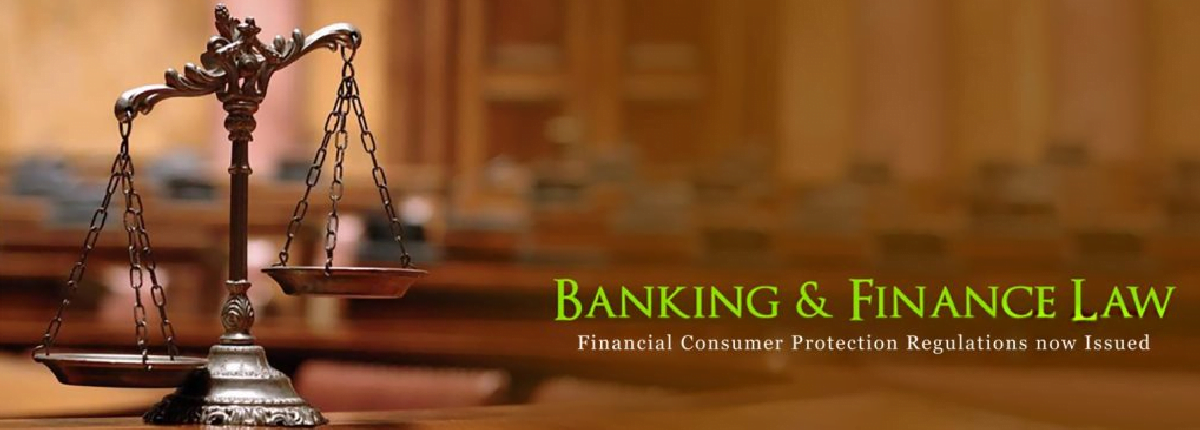
Lawyers interview presentation Skills: This is the establishing of the lawyer-client relationship. The interview permits you to extract from the patron the applicable facts to be the groundwork of his issue. Consider the following to archive the first-rate interviewing skills.
Have a pen and paper/notebook. Note necessary data whilst listening to your client. Remember! noting suggests attention.
When interviewing the client, give him/her enough time to give an explanation for the facts barring being interrupted.
You be attentive in listening and always use familiar language with the client.
When necessary, chip in with the view of better apprehend and retaining the chronological go with the flow of the story.
Ask questions, are trying to find clarifications when deems a doubt. It is via interview an suggest establishes the client’s hobbies which will structure the groundwork of the persuasion of his case at the court docket of law.
Utilize this session to know some other facet of the story so as to check the strengths and weaknesses of the case.
At the give up of the interview explains the future steps that you will undertake to meets purchaser needs.
Make a purchaser your friend.
Always be smart and in suited attire
Show the customer that you recognize what you’re doing. Observe the ‘first impression is the fantastic impression’ rule for new clients.
As a professional Lawyer, you’re asked to do a presentation to a group in an interview or at work.
How do you react? Run for the hills?
No need.
Follow these simple steps by our legal recruitment team, many of whom are qualified attorneys, and have the audience eating out of the palm of your hand.
Rehearse!
It goes without saying that preparing and rehearsing your presentation is important, but not nearly as important as the way you actually practise. Claire Vogelpath-De Longh, an admitted attorney and legal recruitment consultant at Robert Walters says, “If you pigeon learn your lines then the moment you lose your path the whole presentation can fall apart leaving you red faced. The trick is to sit back and think what your audience really wants from you, then deliver that. Think about why they are there, think about them and you’ll have a satisfied audience.”
The key is to view the presentation as a chance to bring the audience up to speed with a project. Picture yourself as the host of a party where you want the guests to feel engaged. Making the presentation less formal and more conversational, particularly by asking questions, helps engage the audience and build up a rapport.
Say goodbye to the fear factor
The word “presentation” can send some people running for the hills or breaking out in a cold sweat. The key is to view the presentation as a chance to bring the audience up to speed with a project. Picture yourself as the host of a party where you want the guests to feel engaged. Making the presentation less formal and more conversational, particularly by asking questions, helps engage the audience and build up a rapport.
Fear factor: 74% of people suffer from speech anxiety, according to the National Institute of Mental Health
Be yourself
Nic Rainier, a qualified attorney and legal recruitment consultant at Robert Walters says, “Be yourself and structure your talk around what you know you can deliver clearly and knowledgably. All too often the idea of presenting can turn other confident legal professionals into quivering wreaks and that will affect you ability to present. So play to your strengths and be yourself.”
Make it memorable
The least memorable presentations are those where the speaker reads lines from a PowerPoint presentation. All too often people want to deliver their content and get off the stage. That’s what fear does to people. So consider the way you are going to make the audience feel and ask whether you’d be entertained or interested by what you are talking about.
Presentation dos and don’ts
Do dress to impress – you want to be taken seriously
Don’t let your body language let you down – stand up straight, smile, and don’t wave your hand around like you’re drowning
Do make eye contact with your audience
Don’t whisper, but don’t shout either
Do take your time when speaking, rush and you will make mistakes
Do move around a bit. By moving around a bit you will stay relaxed and appear confident

